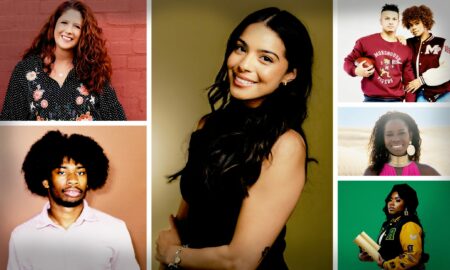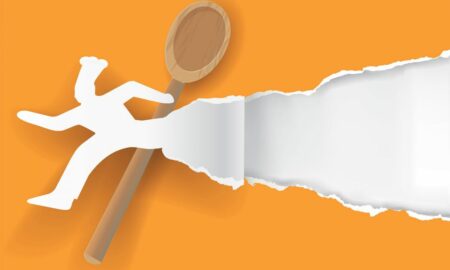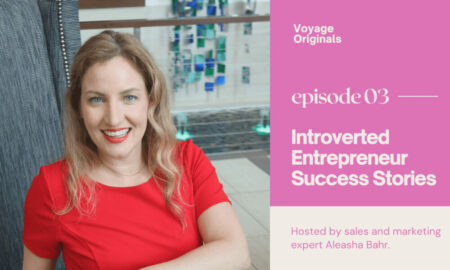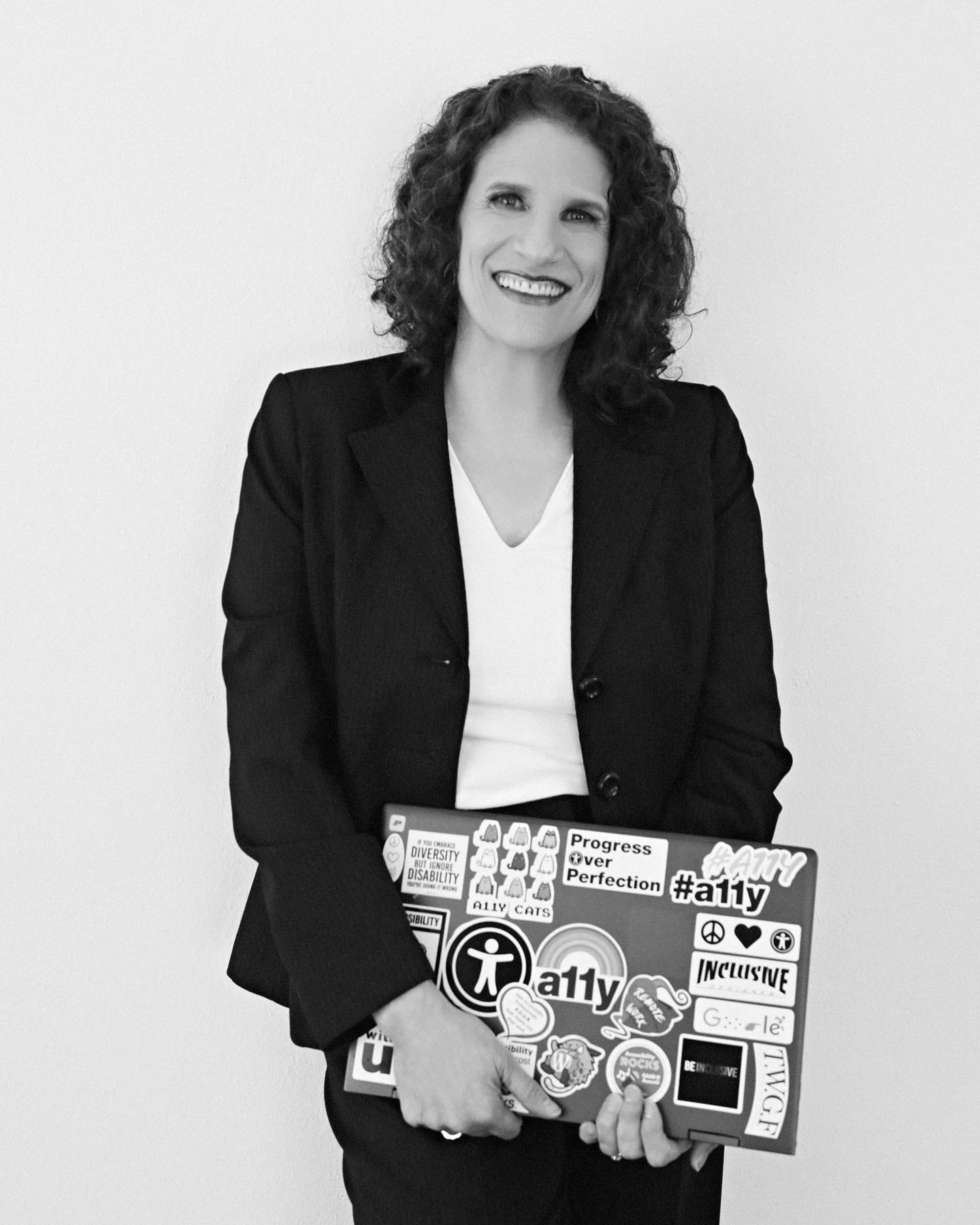

Today we’d like to introduce you to Meryl Evans
Hi Meryl, thanks for joining us today. We’d love for you to start by introducing yourself.
My story of disability advocacy began at birth. I was born hearing-free or in medical terms profoundly deaf. I’ve always had an interest in disability advocacy and educating others about disabilities. From time to time, I would educate or push for change. But the game-changer came in 2018. A colleague encouraged me to make videos.
As a digital marketer, I knew the value of videos. However, I was realistic. Being born deaf came with an accent that hails from nowhere anyone can travel. It’s not a British or French accent. It’s a deaf accent. I didn’t know how people would respond to it.
Finally, I made a 20-second video asking one question. That’s it. And wow! The response was tremendous! That compelled me to create more videos.
At this point, I was not yet vocal about disability and accessibility advocacy. While I’ve depended on captions since getting my first closed caption decoder as a teen, I found myself on the other side of captions. Adding captions.
I was focused on making videos and learning how to caption them. The videos were mostly about digital marketing to share my expertise. Of course, the ultimate goal was to land new clients.
In working on the videos, I started playing with captions and captioning apps. At least, what few there were at the time before the pandemic. It compelled me to start writing and making videos showing why high-quality captions matter.
This led to an invitation to speak at an accessibility conference in 2019. That’s where I found the spark that ignited my passion for accessibility and the community. I knew I wanted to be more involved in accessibility, but I wasn’t sure how I was going to do it. After the conference, I went home to continue doing what I was doing.
How did I move from captioning to all accessibility? I’ve always cared about equal access for everyone in all aspects of life. I wanted to push for more than captions. That’s when I studied hard and passed the accessibility certification exam. I wanted to show I knew more about disabilities and accessibility beyond my own disability and captions.
After speaking at that conference, I got invitations to speak. Those invitations kept coming in. This told me that my accent wasn’t a problem and people liked what I had to share.
I’m sure it wasn’t obstacle-free, but would you say the journey has been fairly smooth so far?
Nothing worth doing is going to be easy. Growth comes from getting out of our comfort zones. Even after doing a TEDx Talk and many speaking engagements, I still struggle with bringing in new clients.
I’ve been self-employed for a long time. Actually, I never wanted to go into business for myself. While it’s wrong, some people simply won’t hire me because I’m deaf. That’s reality. I’ve been fortunate to build a business mainly on word of mouth. Unfortunately, there are peaks and valleys, which tend to reflect the current state of the economy.
Thanks for sharing that. So, maybe next you can tell us a bit more about your business?
My business started out as offering content and digital marketing and writing services. Almost 15 years later, it morphed into disability inclusion, accessibility, and speaking.
I’m known for putting complex things in plain language, creating a safe space for talking about disabilities and accessibility, and preaching a consistent progress over perfection mindset in building a culture of accessibility throughout an organization.
My training and talks aim to deliver on three things: educating, entertaining, and encouraging action. I’m not in it to inspire people. This doesn’t always lead to change. I want to change people’s minds. I want to encourage them to do something to make a change. If we hope someone else makes the change, then it will never get done. I want to compel attendees to act rather than hope someone else acts.
I’m most proud of my TEDx Talk (https://meryl.net/TEDx). I don’t know how I did it. If I ever do another TEDx Talk, I doubt I could top it because of the devices I used to open the talk. The best advice I got from my TEDx Talk mentor Shannah Hayley is to answer how it made me feel. This ensured I injected emotions into the storytelling.
I’m also proud of earning the Certified Professional in Core Competencies (CPACC) certification. I studied very hard for the exam and got high marks in all three areas. And finally, I’m proud to have been selected as a LinkedIn Top Voice. This is different and more difficult to attain than Community Voices. I did it by myself without any company or names behind me.
What sets me apart from others is that I’m always learning and I never take disability inclusion and accessibility knowledge for granted. It’s always changing and evolving. What might be correct today could be outdated tomorrow.
I care about disability inclusion and accessibility for everyone, not just for those who are deaf and hard of hearing. I also avoid absolutes. Often, disability and accessibility allies will make absolute statements. However, there are almost always exceptions.
What makes you happy?
Crochet makes me happy. It keeps my mind busy and focused. I’m not talented in art, but somehow, I crochet cute amigurumi. Amigurumis are small stuffed crocheted creatures. When a family member had a health crisis, I felt panicky. I couldn’t sit still. There was nothing I could do for them but wait.
I looked over and saw my current amigurumi project and picked it up. It helped me calm down.
Performing in musicals also makes me happy. I love the challenge of learning the dance routines for musicals. I have to work harder and differently from hearing people to learn the songs and dances. The hardest turned out to be my favorite. That was learning how to do Supercalifragilisticexpialidocious for Mary Poppins! Yes, I can spell it without spellchecking or looking it up!
It’s interesting how the things that are hardest to do are the ones that stand out. The hardest thing I ever had to do was train for the three half-marathons I completed. I do not enjoy running for 60 minutes, 90 minutes, or two hours straight. But the feeling of crossing the finish line is unbeatable. And I’m especially proud of achieving a sub-2 half marathon. Sub-2 means under two hours. It took a lot of getting out of my comfort zone to make that happen.
And finally, being a community and nonprofit volunteer makes me happy. We all share the same planet. We all have to do our part. Volunteering gives me another avenue for making a difference.
Contact Info:
- Website: https://meryl.net
- Instagram: https://www.instagram.com/merylke/
- Facebook: https://www.facebook.com/merylkevans
- Twitter: https://x.com/merylkevans
- Youtube: https://www.youtube.com/merylkevans
- Other: https://meryl.net/tedx
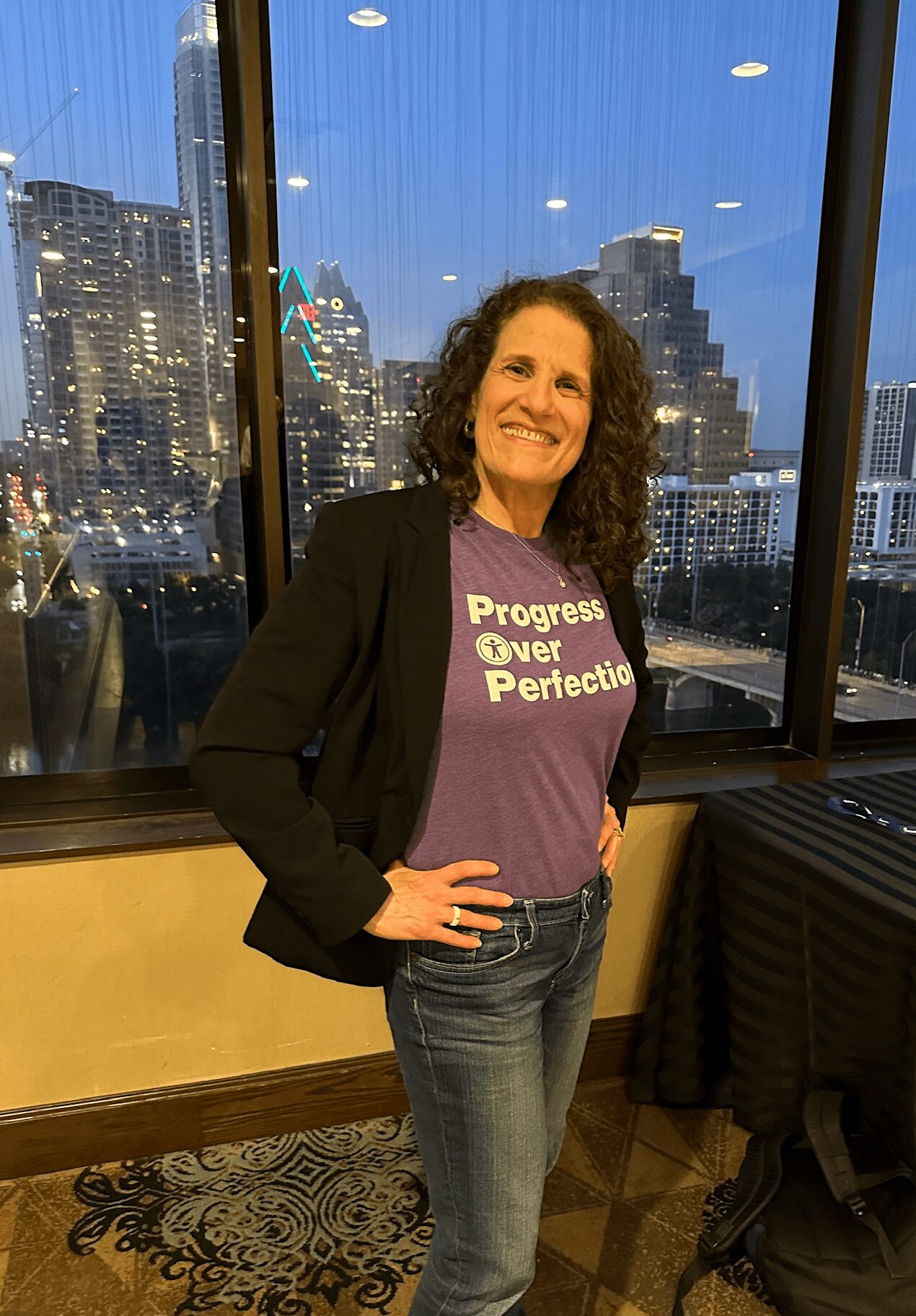
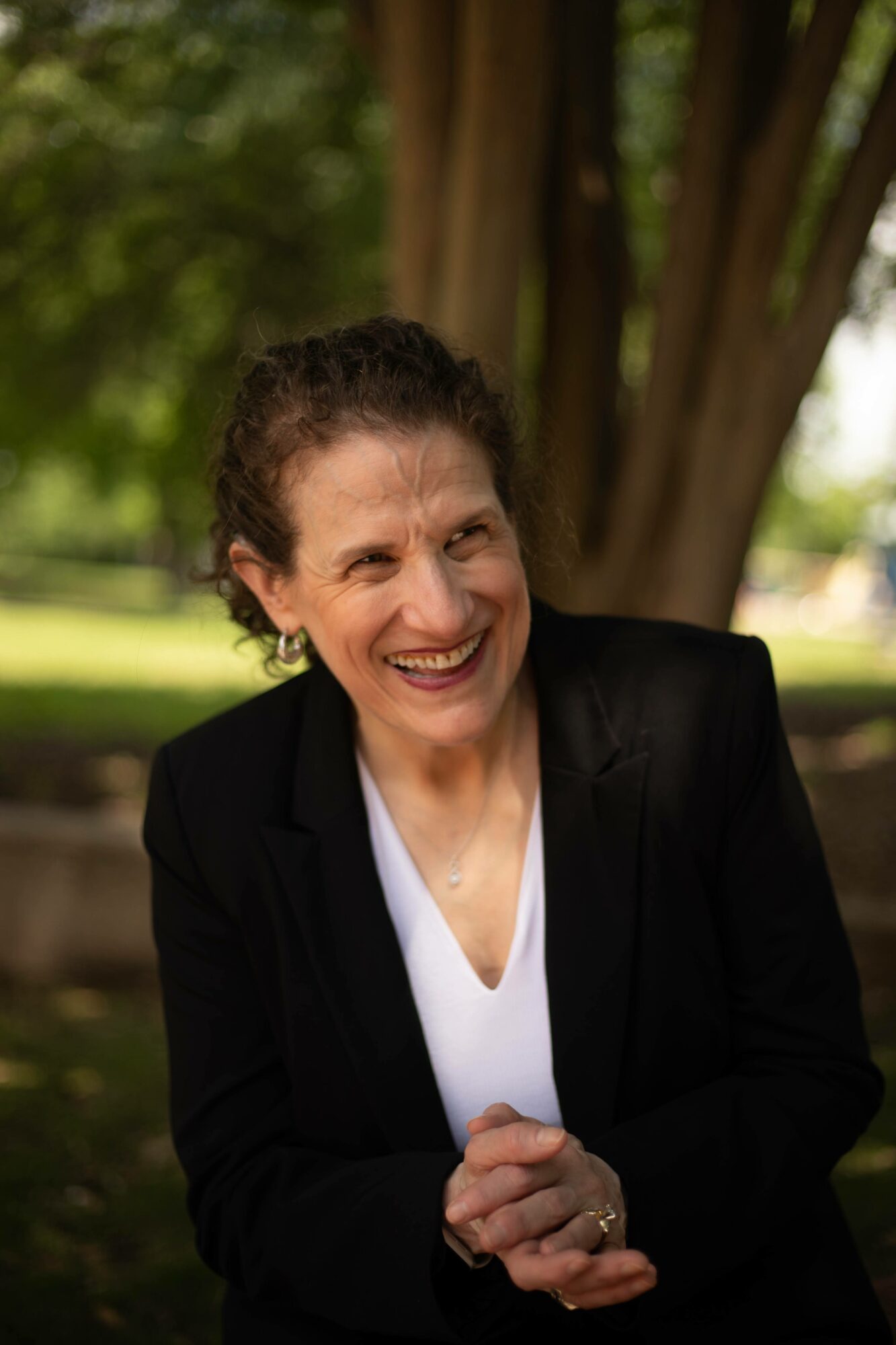
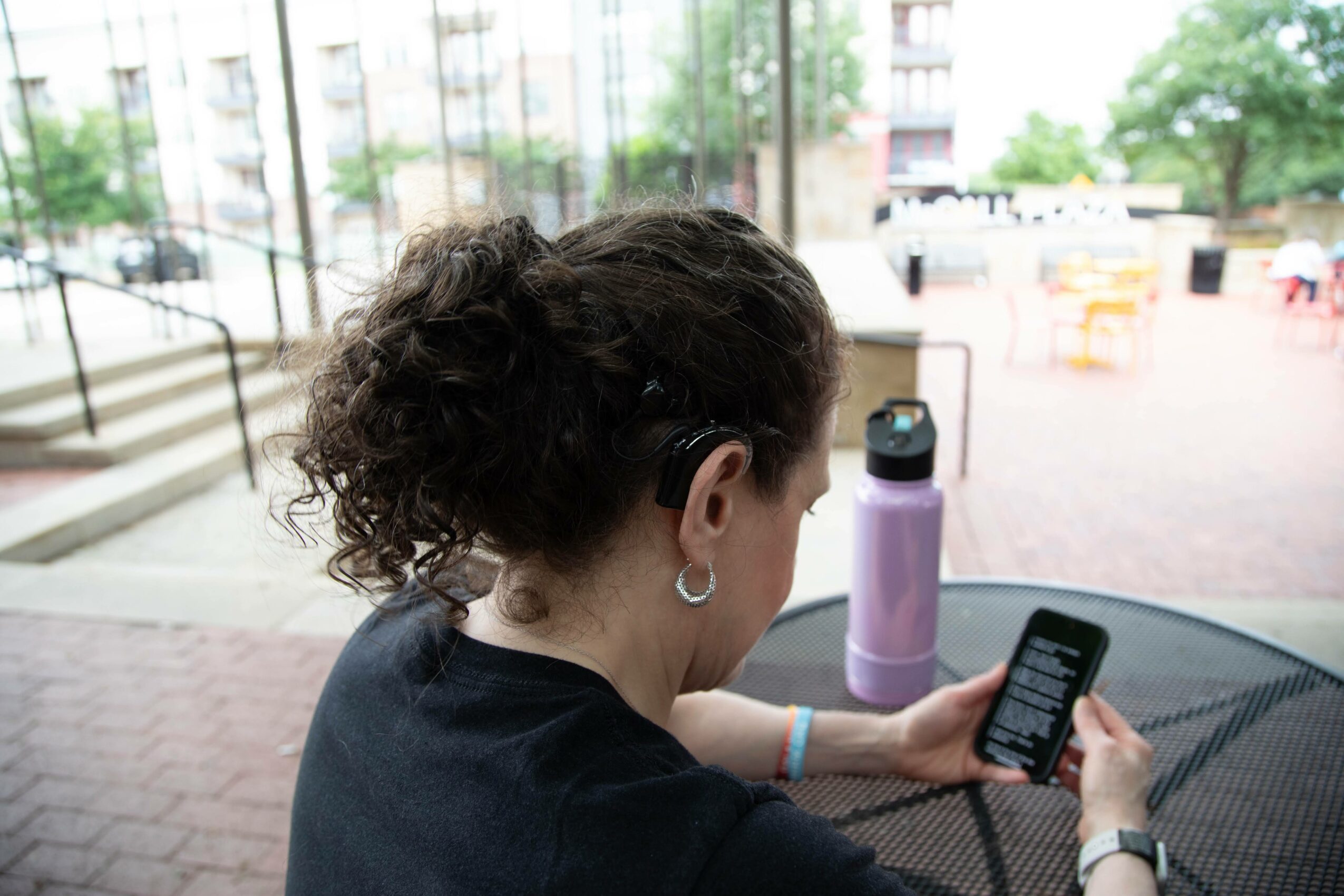
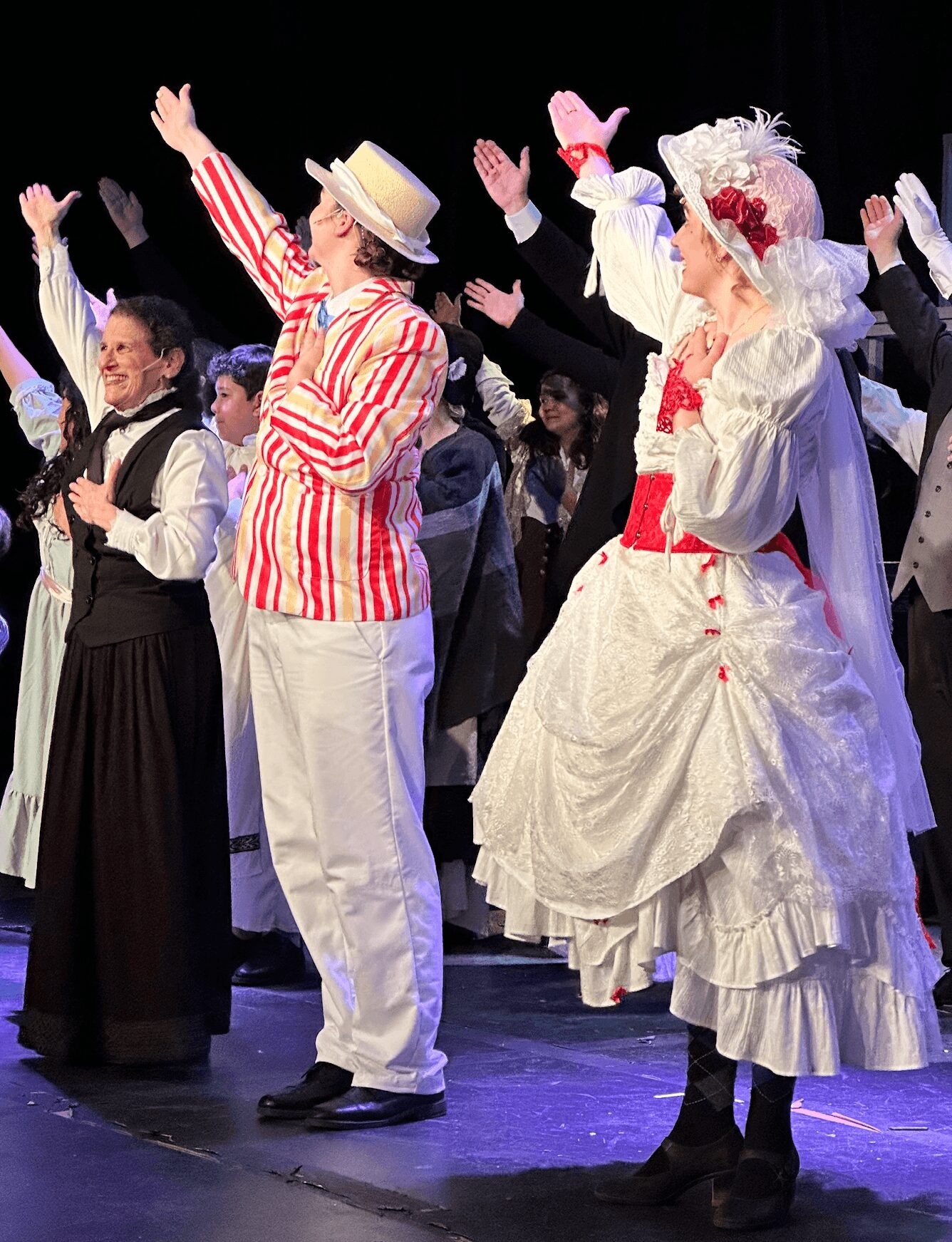
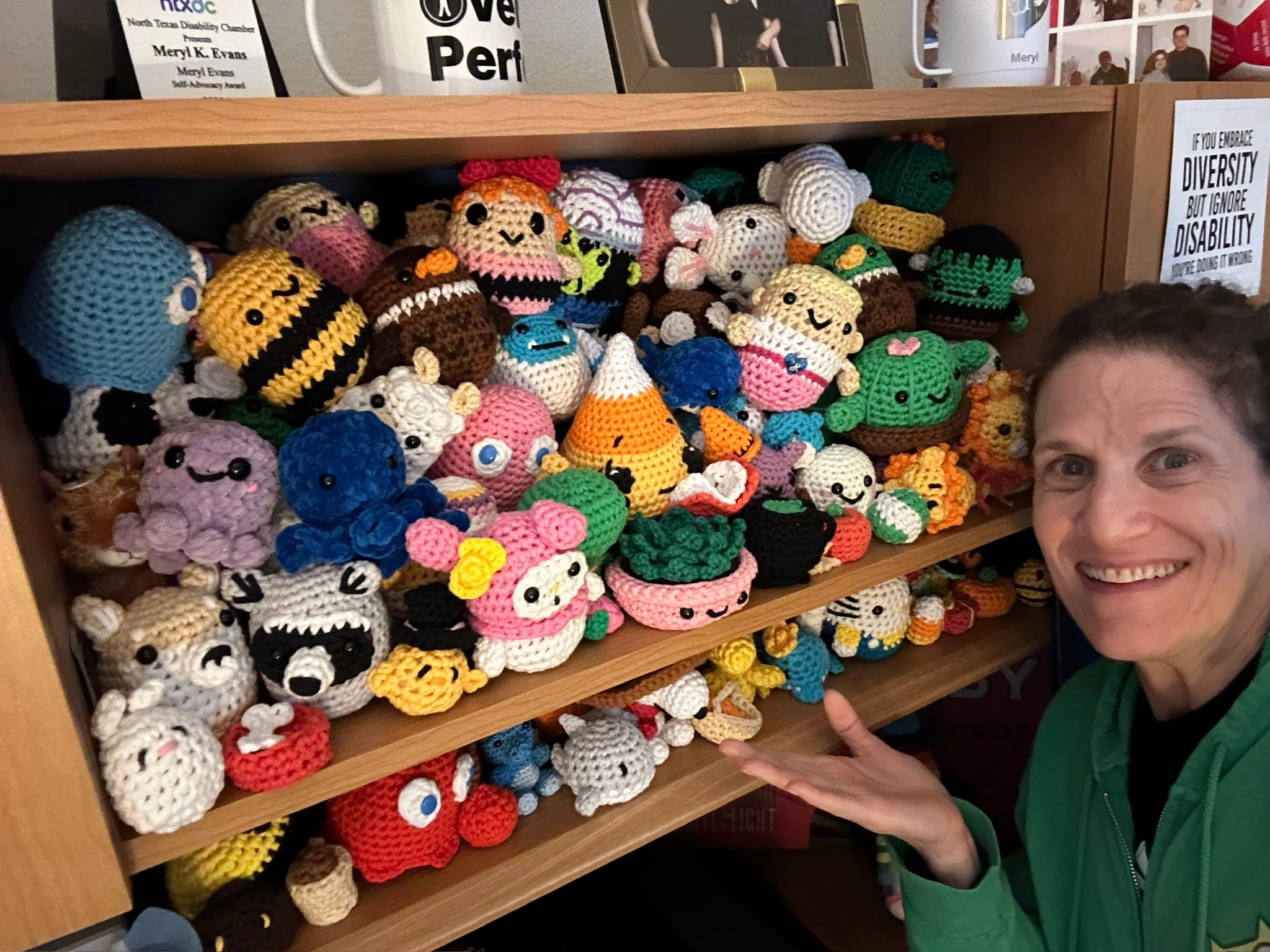
Image Credits
Clasped hands photo: Rachael Patterson
Using iPhone photo: Rachael Patterson
Mary Poppins photo: Dylan Rafaty

